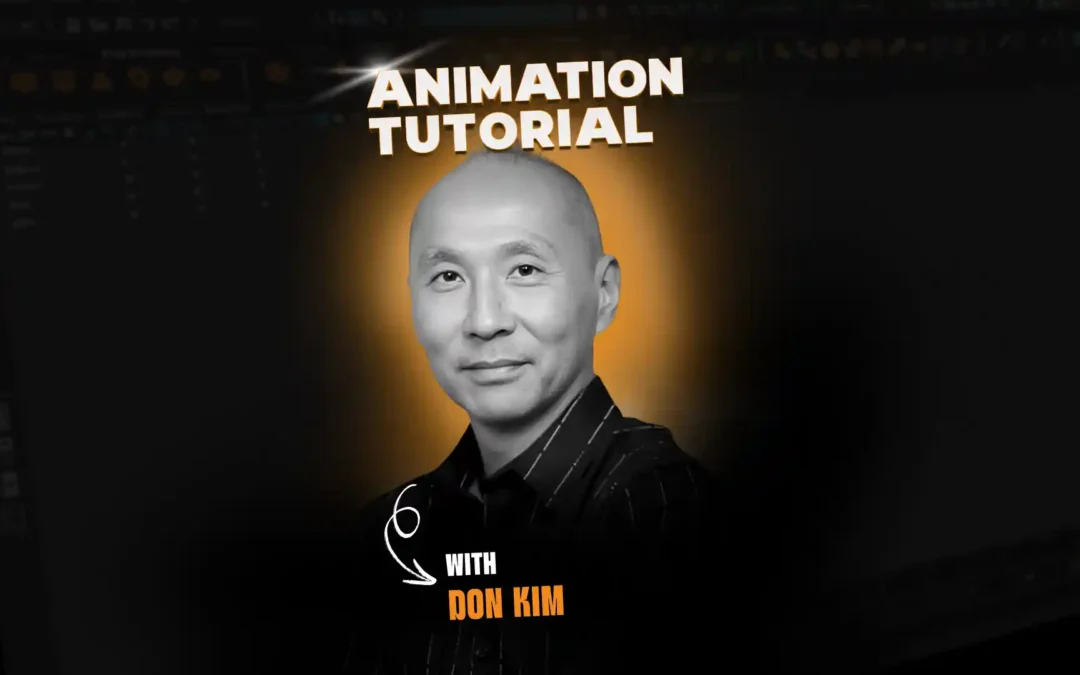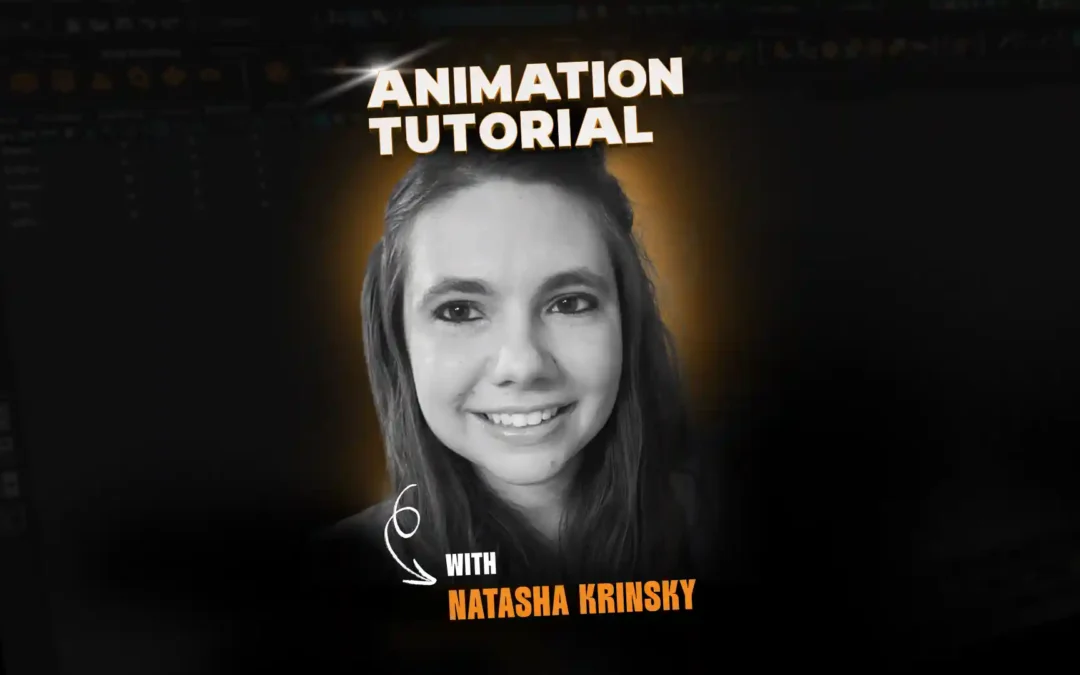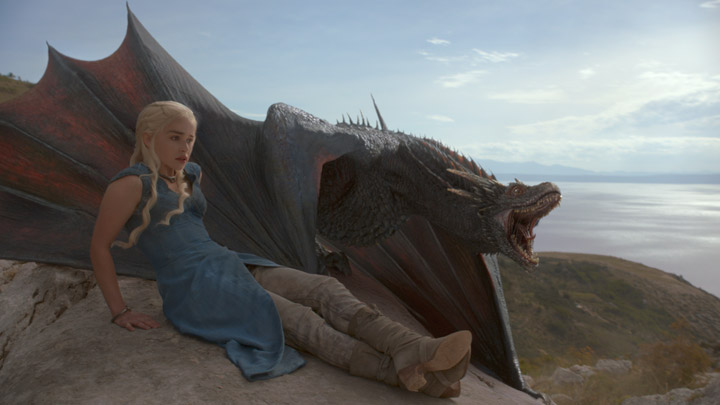
Raising a Dragon
Artists at Pixomondo in Frankfurt, Germany, create the three dragons that star in the television show Game of Thrones. Pixomondo senior animator and rigging technical director Florian Friedmann helped bring the dragons to life.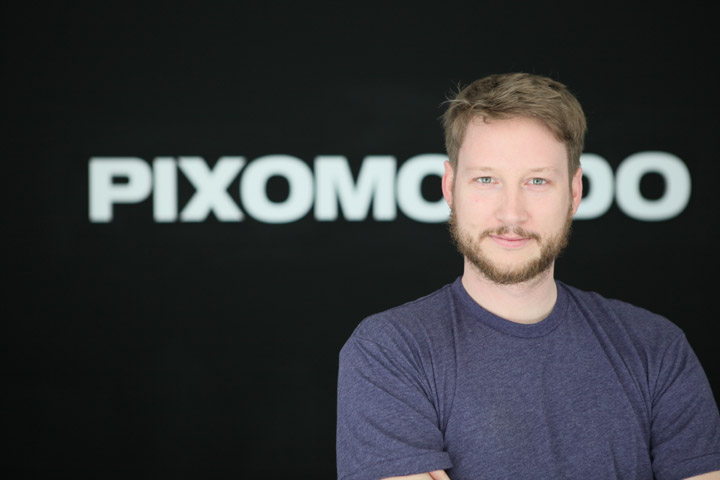
Florian Friedmann
Florian Friedmann’s first film credit at Pixomondo was as a junior digital artist on the 2010 film The Ghost Writer. He worked as an animator on Hugo, and animation Technical Director on Dark Tide and The Hunger Games, a rigger on The Amazing Spider-Man, as CG supervisor on Raven the Little Rascal, and an animator on Star Trek Into Darkness, After Earth, and the German film Pettersson und Findus – Kleiner Quälgeist, große Freundschaft. From 2012 to now, the multi-talented artist has worked on the enormously popular television series Game of Thrones, which has received hundreds of awards and nominations including a Golden Globe, a BAFTA award, numerous Emmy Awards, and several Visual Effects Society Awards. For his part, Friedmann received a VES award in 2013 for animating the dragons in Game of Thrones (“Training the Dragons”), and a VES nomination in 2014, again for Game of Thrones – for outstanding animated character (“Raising the Dragons”). Now in season five, the fantasy drama centers on a fight among noble families trying to control a mythical kingdom. In season one, Daenerys Targaryen (Emilia Clarke), the survivor of one noble family, hatched three dragon eggs and became known as the mother of dragons. Friedmann has animated those dragons as they’ve grown, season by season, into their current formidable form.When dragons grow up, their rigs get heavier.
“In the beginning they were really tiny and didn’t have that much detail, so we had one rig for simulation and animation,” Friedmann says. “We’ve rebuilt the rig each season. The basics stay the same, but every year, we find new stuff that might be better and we have more detail. At first, they were crawling and we animated them from the hip. In season two, they started flying, so we added a pivot for the flying. We also added muscles as they got bigger. Their frills came in. We had to animate the frills, the scales, and the horns, and the rig got heavier each year. In season three, their chests got bigger. So we added chest muscles and new pivots around the chest area for flying. They’re huge now. 12 meters long.”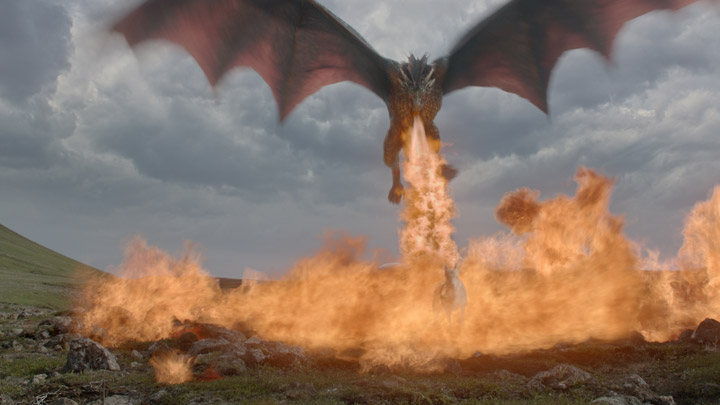
More detail means more animation controls.
“The rig now is quite complex,” Friedmann says. “We have about 400 controllers. We can animate each frill and the spikes on the neck. We have four frills and 20 spikes for each frill and they all have attributes. Sometimes we have to animate the spikes on the back. And, we can animate each finger. That’s a lot of detailed control, so the rig is really heavy right now. But, we can switch to different levels of details. We normally start blocking in the fast realtime version. We have a skin version, and a high skin version. Each scale has a joint, so we never see that animating in real time. But, we can switch on the details and run a playblast to see the geometry moving correctly.You don’t need three different rigs for three dragons.
All three dragons have the same basic rig,” Friedmann says. “We have a switch to change the color and the horns on the face, and we can scale different parts to change proportions.”See the vfx and animation breakdown of the dragons
Animators can make anything fly.
“The dragons are huge and heavy,” Friedmann says. “And they have quite big wings. They need to look like they can fly. We have to make the viewers believe. But reptiles don’t fly. For reference we mostly looked at bats. Bats seem to crawl into the air with their fingers. You have to watch slow motion of a bat flying to see it, which we did, actually. And we implemented that in the flying motion. We had animators do cycles to check out how they might fly. We also looked at flying foxes, which are huge animals that fly. And, eagles for little adjustments in the wings. And we do tons of movie magic tricks.”Here’s one example of a bat in slow motion
Sometimes the best way to deal with a problem is to hide it.
“We had to figure out how the dragons would walk in season three,” Friedmann says. “In season two, we didn’t have to carve their walk in stone because they were so small. But as they got bigger, they changed their motion. They have a huge chest and if you look at them from the front, their arms are long and their legs are tiny. We had to find a balance between the motion of the arms and the legs. Their arms couldn’t go too far or their legs would have to move too quick and that would be funny. They had to look majestic and take big leaps with their arms without having the legs do quick steps. Often, we don’t see the legs, which is good for us. If you see them from the side, the wing flaps hide much of the body. You can tell they’re walking because of their hip motion and the arms. You don’t have to see the feet.”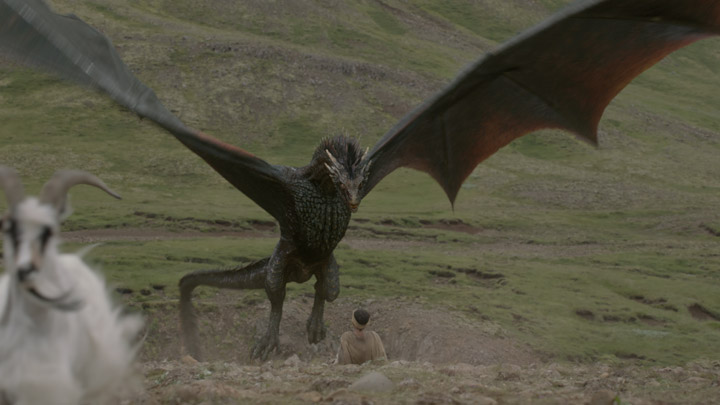
You don’t have to stick with one animal reference for a character.
“We did some animation tests [for walking] looking at bats as reference,” Friedmann says. “Bats kind of jump. We didn’t want the dragons to do that, because they’d look funny. So, we looked at gorillas. Gorillas have huge shoulders, long arms, and tiny legs. They walk on their arms. And, sometimes we actually filmed ourselves acting out scenes, for example when the dragons are chained to the wall in season four. No one will ever see the footage, but it helped a lot.Previs helps.
This season especially we had previs to help plan out where the dragons would be for the shoot, and the interaction,” Friedmann says. “The Third Floor had taken previs really far, so we had an idea where we should go with the animation.”Lizards have feelings, too.
“This year, we have lots of close-ups on the dragons,” Friedmann says. “They don’t talk. But, we added facial expressions. Not much – they’re still lizards and we didn’t want to lose the look of a lizard-like animal by making them too organic and soft. Lizard faces are mostly rigid with scales. But we do have subtle facial animation. Mostly frowning, actually. We used their brows to make them frown. We added some wrinkles. Their nostrils open and close like a horse when it inhales and the soft skin on one side of the nose comes in as it sucks in the air. We used a lot of control-based skinning solutions and some blendshapes. We didn’t want to make them look too human. That subtlety was really quite difficult.”Animators don’t need to do everything.
“Folding the wings is an issue,” Friedmann says. “But it’s all simulated. We have to provide space for the wing skin to get between the fingers. But the simulation crew makes it compress, shrinks it between the fingers. The fire is also a simulation by artists here. The dragons started breathing fire at the end of season two. So starting with season three we had two rigs, one for simulation and one for animation.”What will the dragons do next?
“I’ve read the books, so I think there might be some amazing battles coming with fire-breathing dragons,” Friedmann says. “It’s every animator’s dream. No one has ridden the dragons yet – they haven’t been big enough. But in the books, they ride the dragons, so that might be in one of the upcoming seasons. Maybe not this season. Maybe in the future.”When you animate characters over several seasons, you might become emotionally attached.
“I started on Game of Thrones in the second season and then have continued with the dragons for four seasons now,” Friedman says. “Since 2011. I’ve watched them grow. They grew up with me from tiny babies to huge teenagers to bigger than horses this season. I would really be upset if we couldn’t do next season. They’re our babies.”Train Your Own Dragon Learn how to animate your own dragon in the 12-week workshop, Creature Animation: Fight or Flight.
